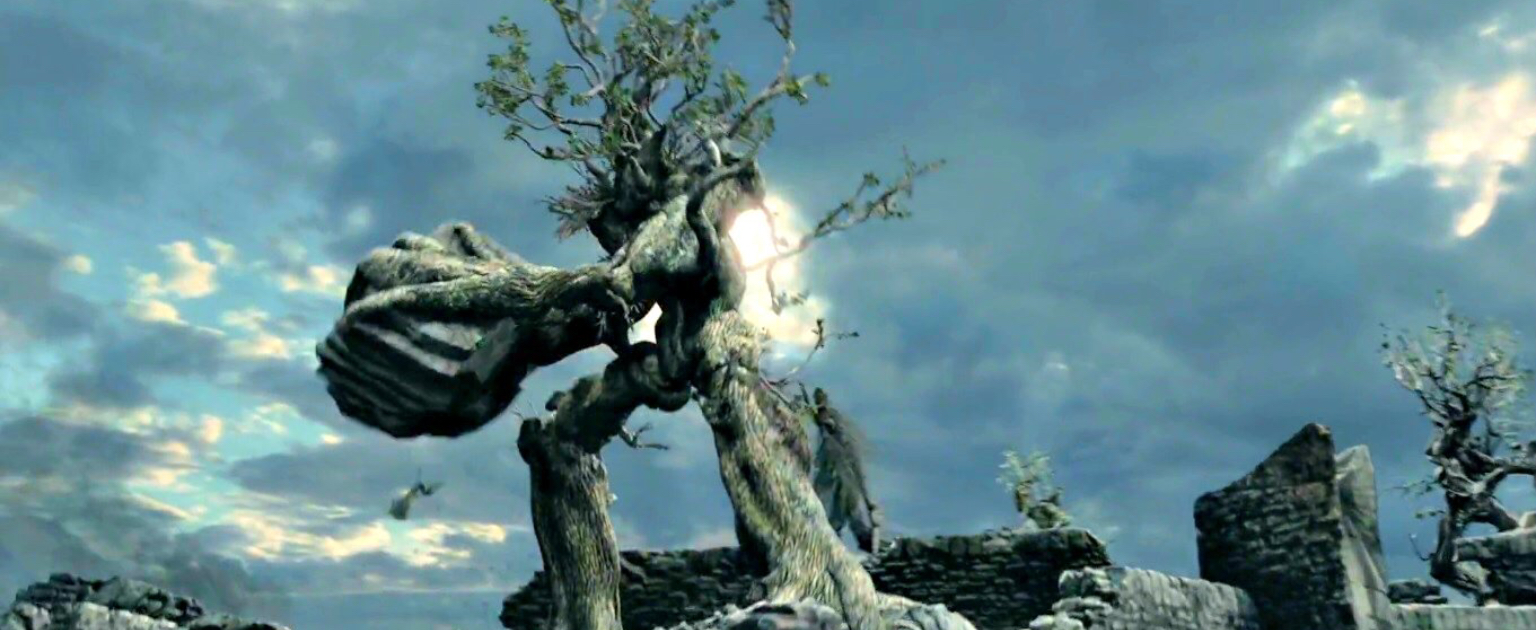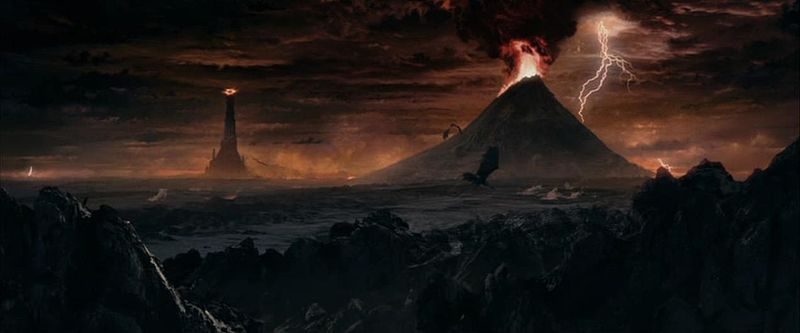The Lord of the Rings: The Two Towers (2002).
A Towering Achievement.
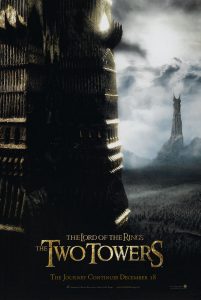 When director Peter Jackson first took on the monumental task of adapting J.R.R. Tolkien’s epic tome for the big screen the original plan was to make just two films. With hindsight this may have been due to the daunting nature of taking a book as big as The Lord of the Rings, which itself was split into three individually titled books, each of which were again sub-divided into two parts each. There was certainly enough material to comfortably make three films (unlike Jackson’s later adaptation of The Hobbit) and as pre-production ramped up, New Line Cinema, clearly encouraged with what they were seeing, gave Jackson the green-light to make a trilogy of films.
When director Peter Jackson first took on the monumental task of adapting J.R.R. Tolkien’s epic tome for the big screen the original plan was to make just two films. With hindsight this may have been due to the daunting nature of taking a book as big as The Lord of the Rings, which itself was split into three individually titled books, each of which were again sub-divided into two parts each. There was certainly enough material to comfortably make three films (unlike Jackson’s later adaptation of The Hobbit) and as pre-production ramped up, New Line Cinema, clearly encouraged with what they were seeing, gave Jackson the green-light to make a trilogy of films.
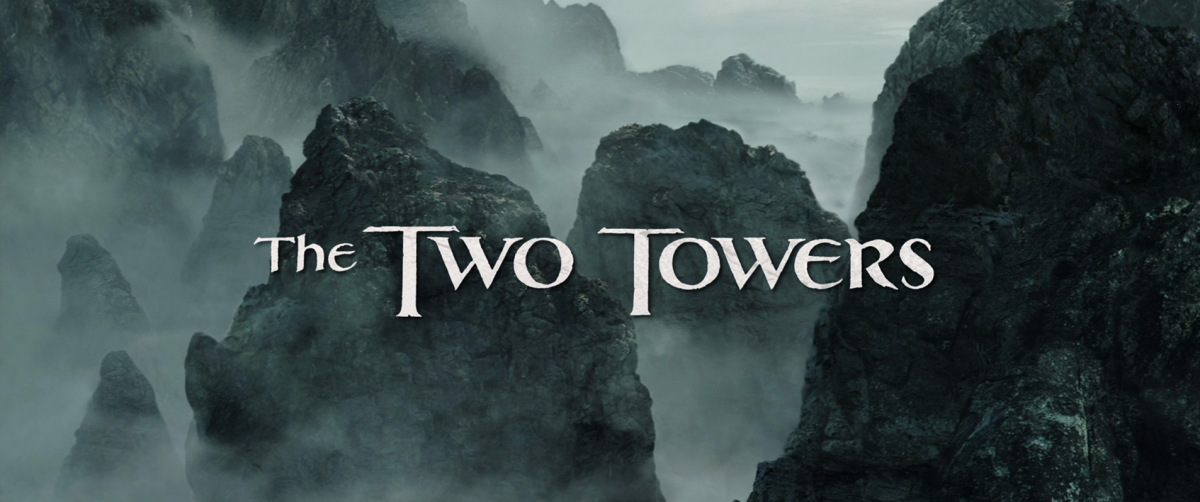
Looking back it was the right thing to do. It’s common sense that a three part book the size of The Lord of the Rings would be best adapted into a trilogy of movies. If they’d gone with just two films then crucial story elements would have had to have been heavily trimmed or removed entirely. And more importantly we’d have been deprived of one of the greatest sequels of all time.
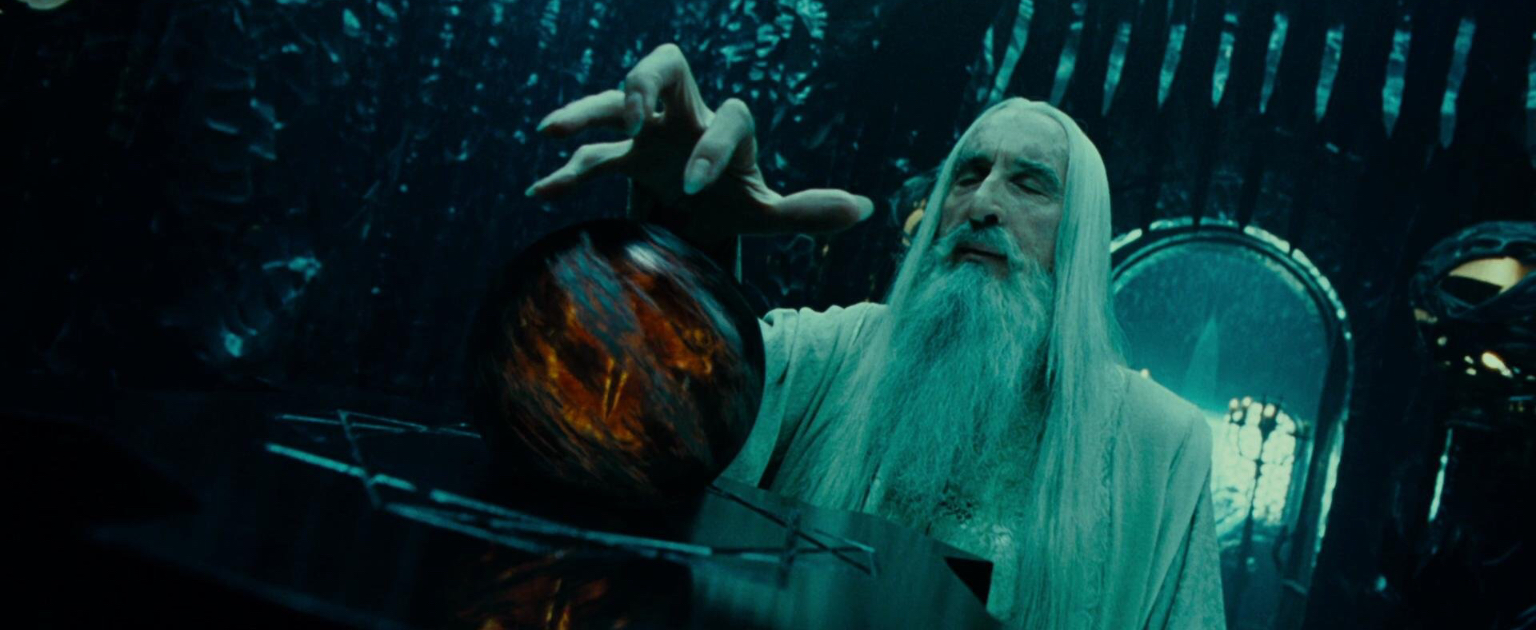
The second part of The Lord of the Rings trilogy had the difficult job of maintaining the incredibly high quality of storytelling of the first film whilst dealing with elements from the book that marked it out as significantly different from The Fellowship of the Ring. The Two Towers has to tell three separate stories as the group is now fragmented following the battle of Amon Hen. Frodo and Sam are now making their way to Mordor alone and Aragorn, Gimli and Legolas attempt to track the kidnapped Merry and Pippin who were taken by Saruman’s Uruk-Hai but ultimately go off on their own adventure.
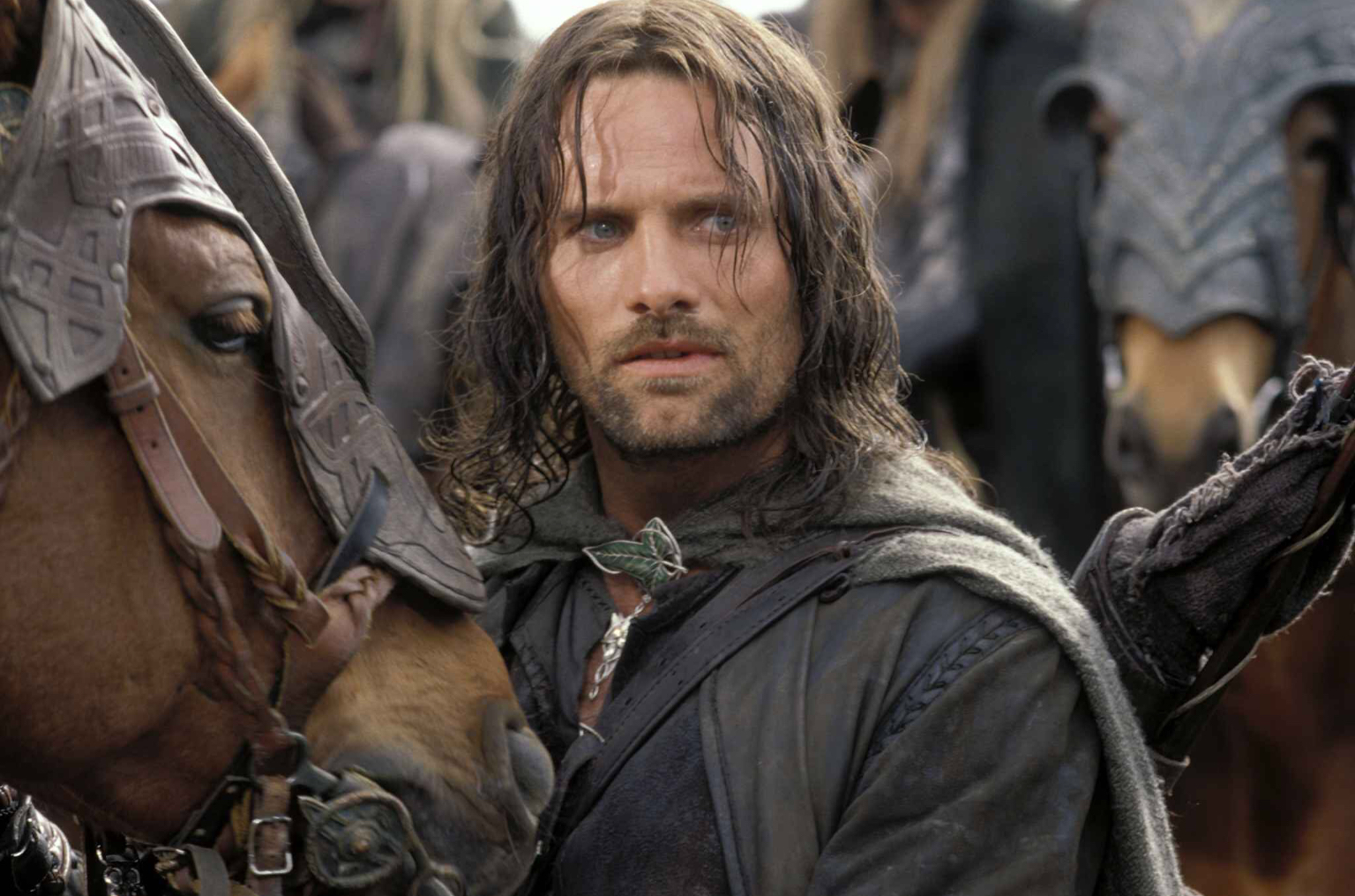
This three pronged story thread was told separately in the books but here they are interwoven, cutting between each of the three groups to great effect. The film therefore feels even more epic than the first as we are now seeing three times as many places in Middle Earth as before. The Two Towers also introduces a wealth of new and important characters which again complicates the narrative further yet it is done with such a deft touch that the film never really feels overburdened.
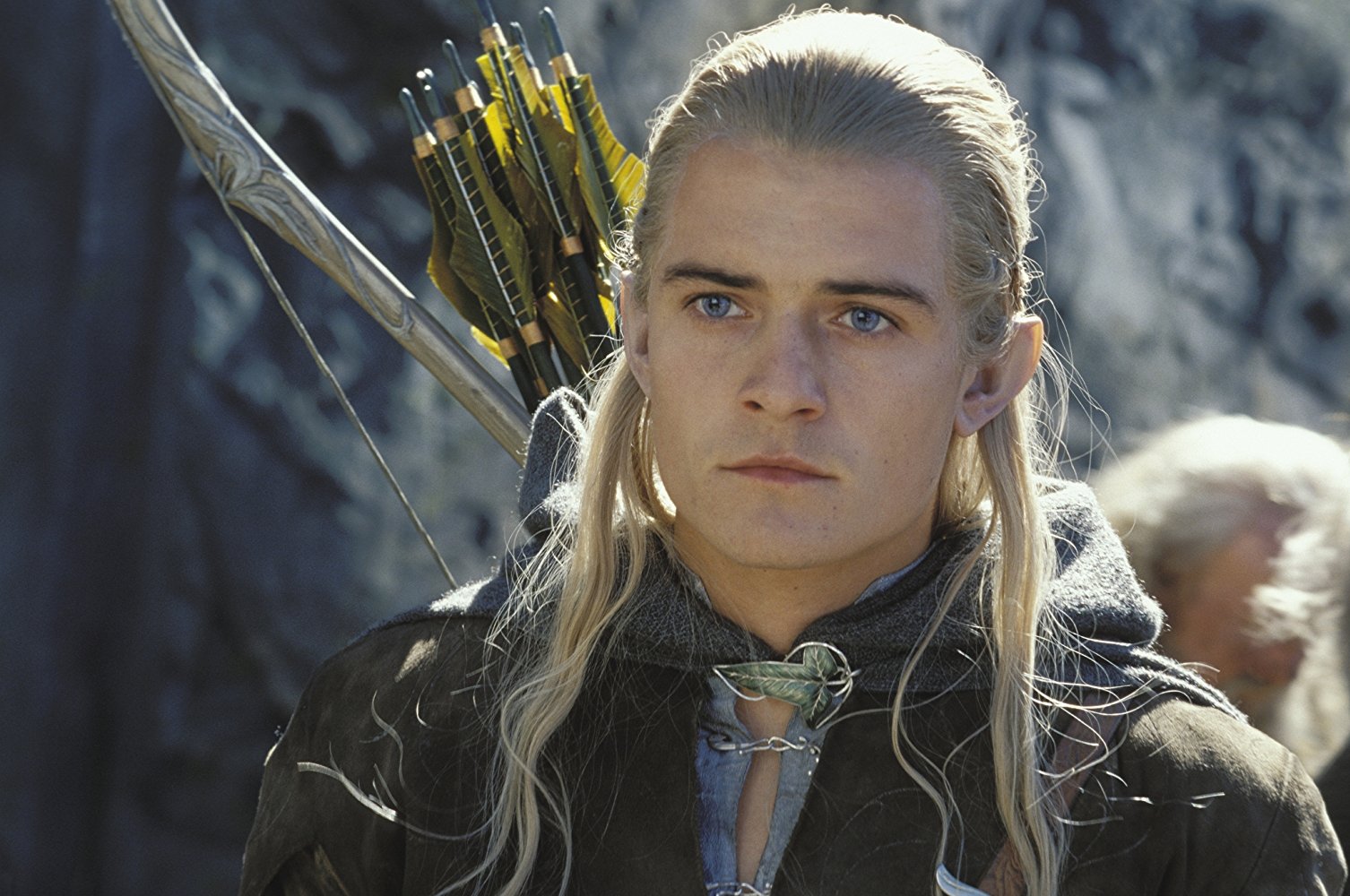
The Two Towers hits the ground running with one of the boldest and outright ballsiest opening scenes of any film. Instead of catching up with our characters where we left them last time, we are instead placed back in the Mines of Moria with Gandalf facing off against the Balrog, an event that took place just over halfway through the first film. Whereas in Fellowship we saw him fall to his presumed death, this time we follow him down the vast chasm as he first retrieves his sword and then proceeds to engage in a vicious fight with the fiery demon in a jaw dropping display of CGI enhanced pyrotechnics. The long shot of the two shown as specks falling in the distance as the chasm expands into a vast underground cave at the foot of the mountain, the music swelling to a crescendo, is an awe inspiring image and comes to an abrupt end as they hit the lake at the bottom causing Frodo to wake from this nightmarish dream. The scene works on a number of levels, firstly as a reintroduction to a key event from the first film, an insight into Frodo’s grief, and an illustration of Gandalf’s true fate. It also puts the audience in no doubt as to the fact that this film will be at least the equal of its predecessor in terms of sheer spectacle.
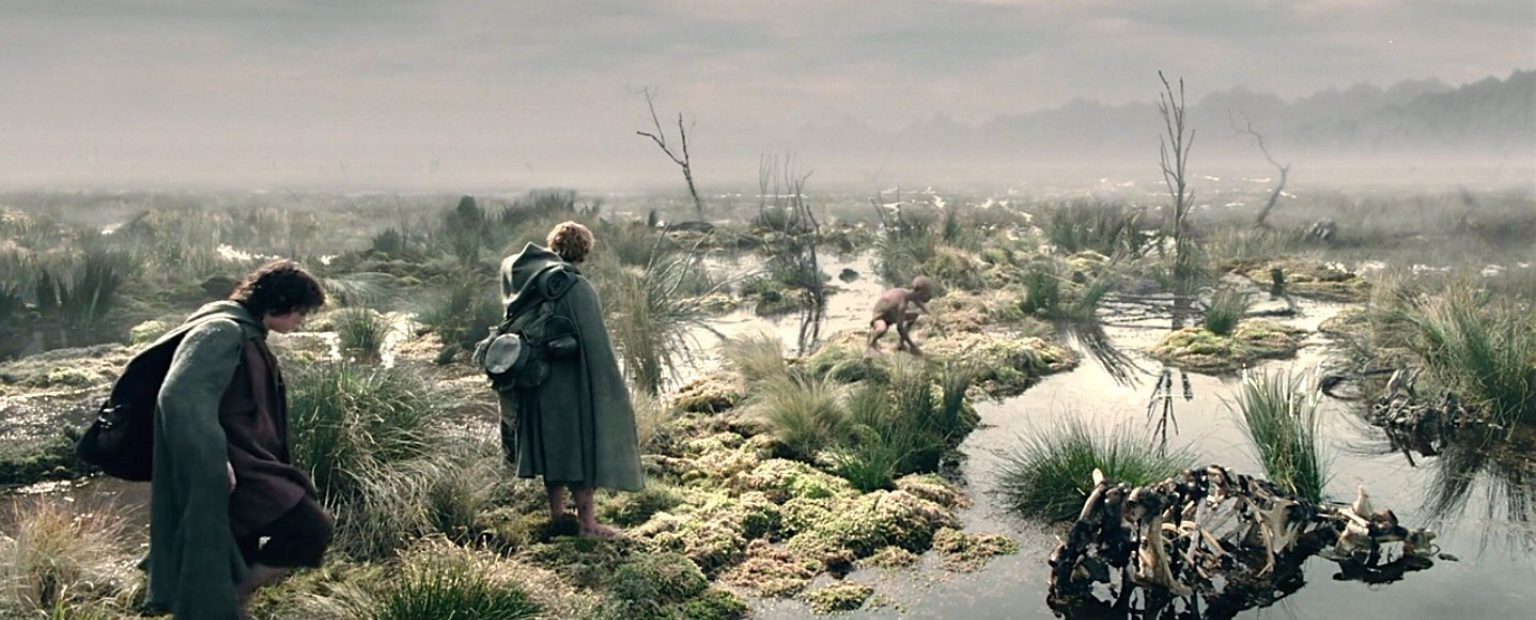
Sam and Frodo are then accosted by the creature that has been hunting them since Moria, Gollum. One of the many feats that The Two Towers pulls off with aplomb is successfully creating the first truly convincing CGI character in a film. Whilst on an aesthetic level we are looking at a computer generated image there’s still a very real human performance behind Gollum as Andy Serkis donned a grey body-stocking and acted out the entire performance on the motion capture stage. This was, at the time, cutting edge effects technology and whilst now fairly commonplace it all began here and Serkis’ Mo-Cap performance is still the one to beat. It’s not only his voice and bodily movements that were translated to the computer but his facial expressions too.
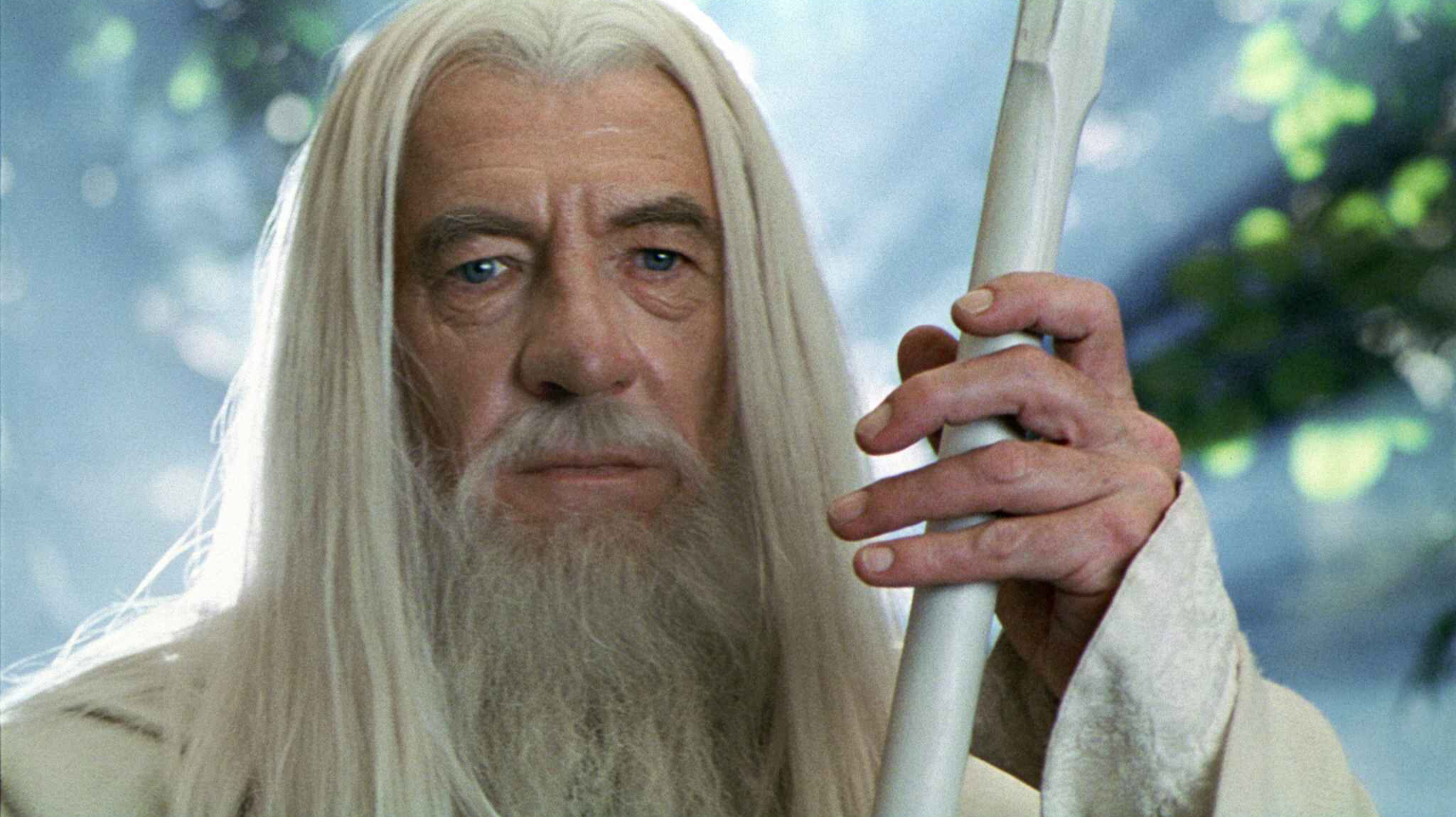
There was talk of Serkis getting a Best Supporting Actor Oscar nomination at the 2003 Academy Awards but ultimately the Academy would not allow an augmented performance such as this to be considered. It’s a shame because so much of Gollum’s personality is down to Andy Serkis with only minor adjustments made in the computer to augment some of the character’s less human actions and expressions. Gollum is enthused with a very wretched side but also a sad, tortured one that elicits sympathy from the viewer. Aside from his fractured personality he has a depth to him greater than most fully human characters and is just as important to the overall narrative as Frodo.
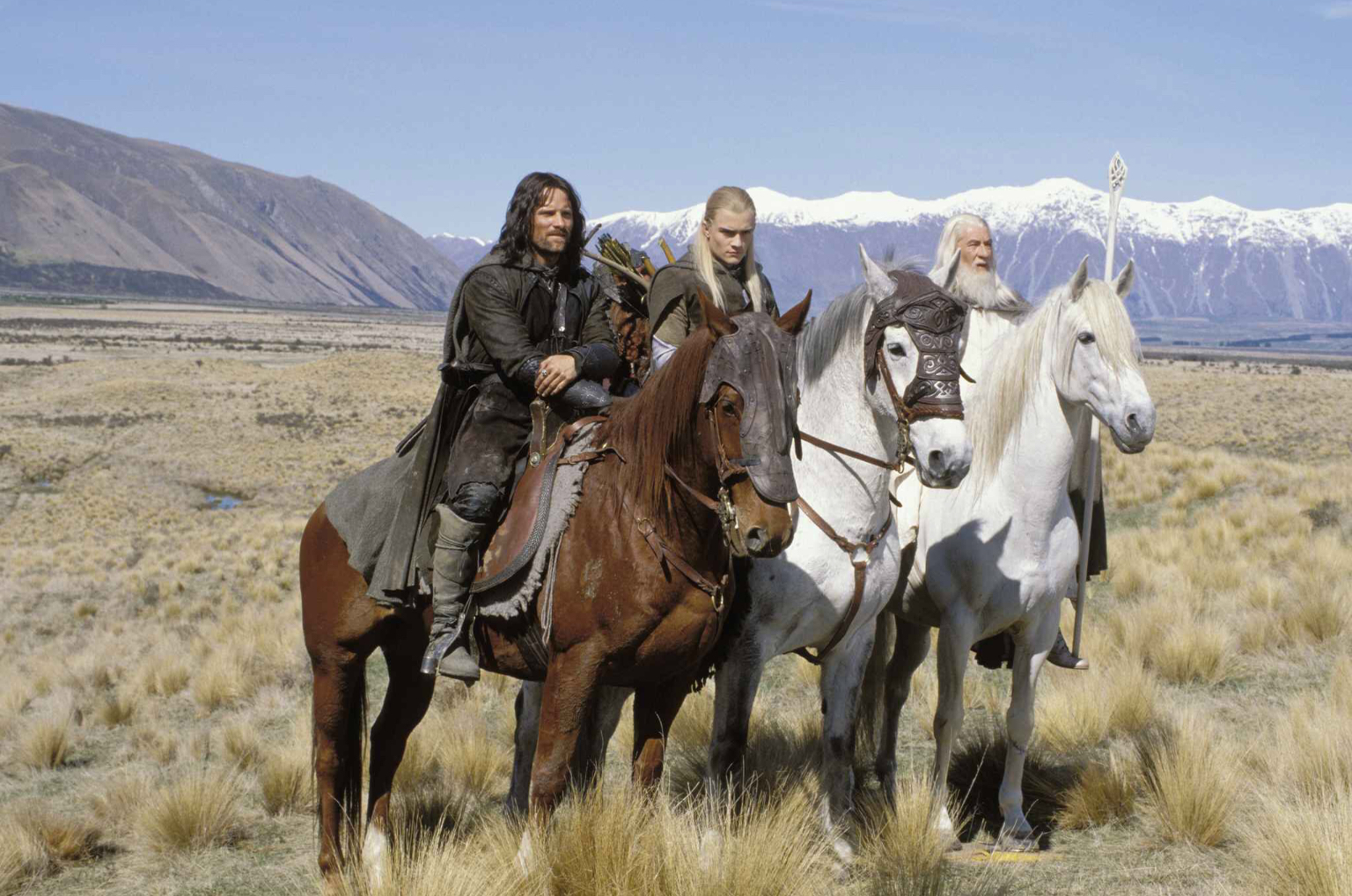
The Two Towers has a more somber tone and subdued colour palate than its predecessor. Its focus is less on the magical splendour of elves and the quaint nature of Hobbits and more about the struggle of man. War allegories abound in The Two Towers. This was Professor Tolkien’s lament on the horrors of war and this is apparent throughout the film. Its an easy comparison but The Two Towers has a much darker feel similar to that of The Empire Strikes Back as is its lack of a defined beginning or end. Some may say that this is makes it less complete than the two films that bookend it but for me the opposite is true. We don’t have to waste time introducing the main characters and we don’t have to tie things up nicely at the end leaving more space for some satisfying and well needed character development and some outright jaw dropping spectacle and entertainment.
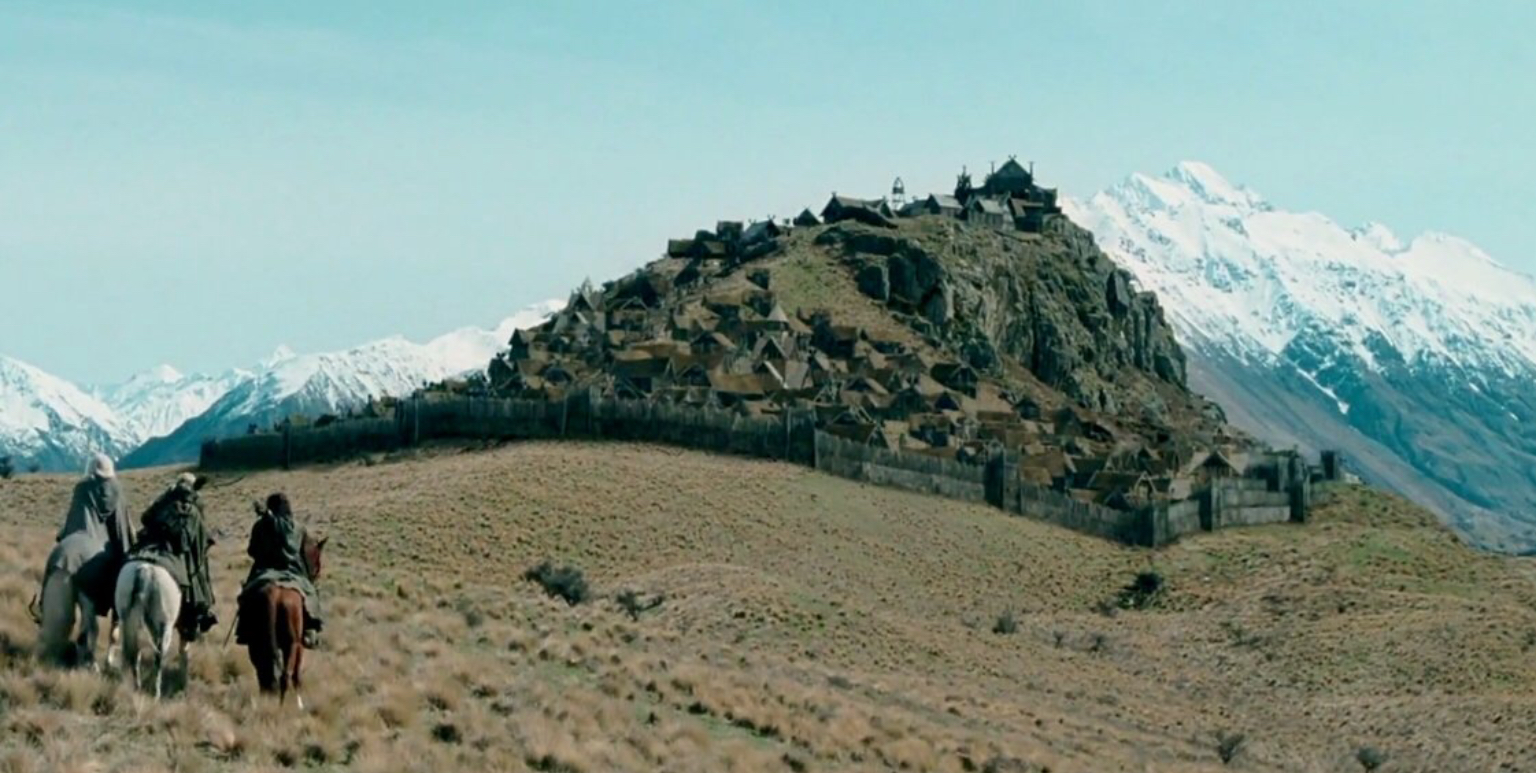
The centrepiece of The Two Towers is the climactic Battle of Helm’s Deep. Now cast your mind back to a time before the resurgence of films such as Troy, Kingdom of Heaven and the glut of similarly spectacular historical epics that came with them. Prior to The Two Towers we hadn’t seen spectacle on this scale since the sword and sandal epics of the 1950’s and 60’s. Even 2000’s Gladiator offered nothing that could come close to the sheer scope of Helm’s Deep. The Return of the King gets kudos for the even bigger Battle of Pelennor Fields but whilst that is rightly jaw dropping it is ultimately settled by an invincible Ghost army and therefore lacks the same sense of dread and the overwhelming odds faced by our protagonists here.
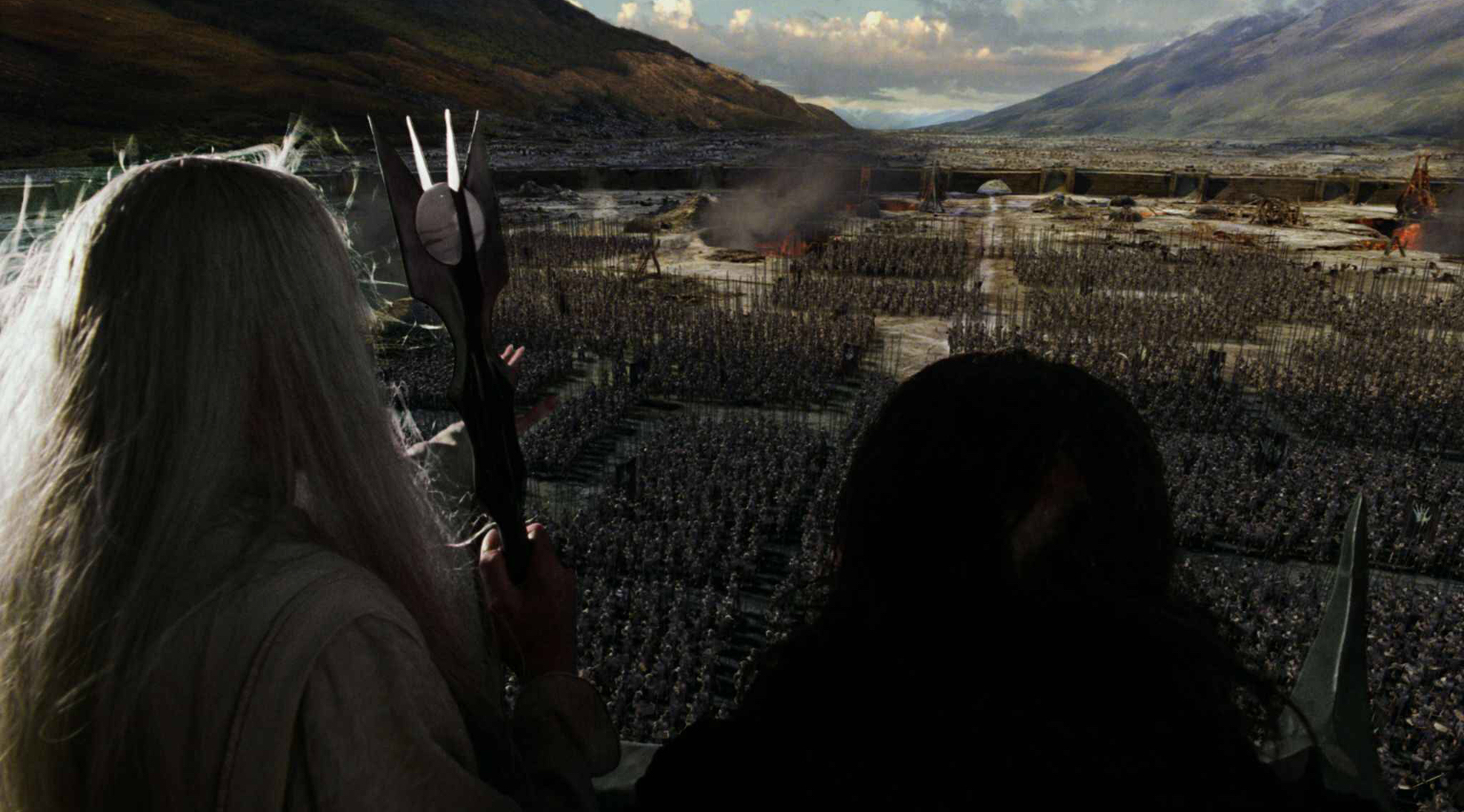
The build up to the battle makes the sense of impending doom feel palpable. 500 men and elves facing off against 10,000 Uruk-Hai in a battle that was filmed over three months of night shoots in the cold and wet of a disused quarry. It was a massive and gruelling undertaking and for many the end result is the greatest on-screen battle in any film in terms of both sheer scope and spectacle. The battle is won not by a lazily written dead army cop-out but by something set up earlier in the film, Gandalf and the banished Rohirrim returning to aid the besieged King Theoden.
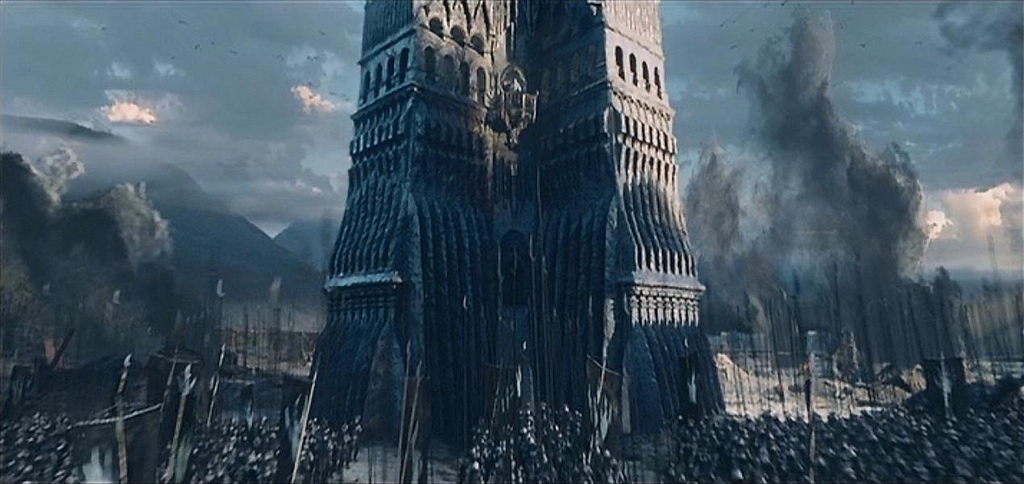
Speaking of King Theoden, of all the new characters in The Two Towers it is Bernard Hill that most impresses as the downtrodden King in mourning for a dead son and a ruined kingdom. His character arc throughout this and the next film is incredibly satisfying and his performance is superbly measured. That The Two Towers can drop in, three plus hours into the story, such well rounded and fleshed out characters as Gollum, Theoden, Faramir, Eowyn and more with such aplomb is credit to the incredible writing ability of Peter Jackson, Fran Walsh and Philippa Boyens who crafted such a remarkable screenplay.
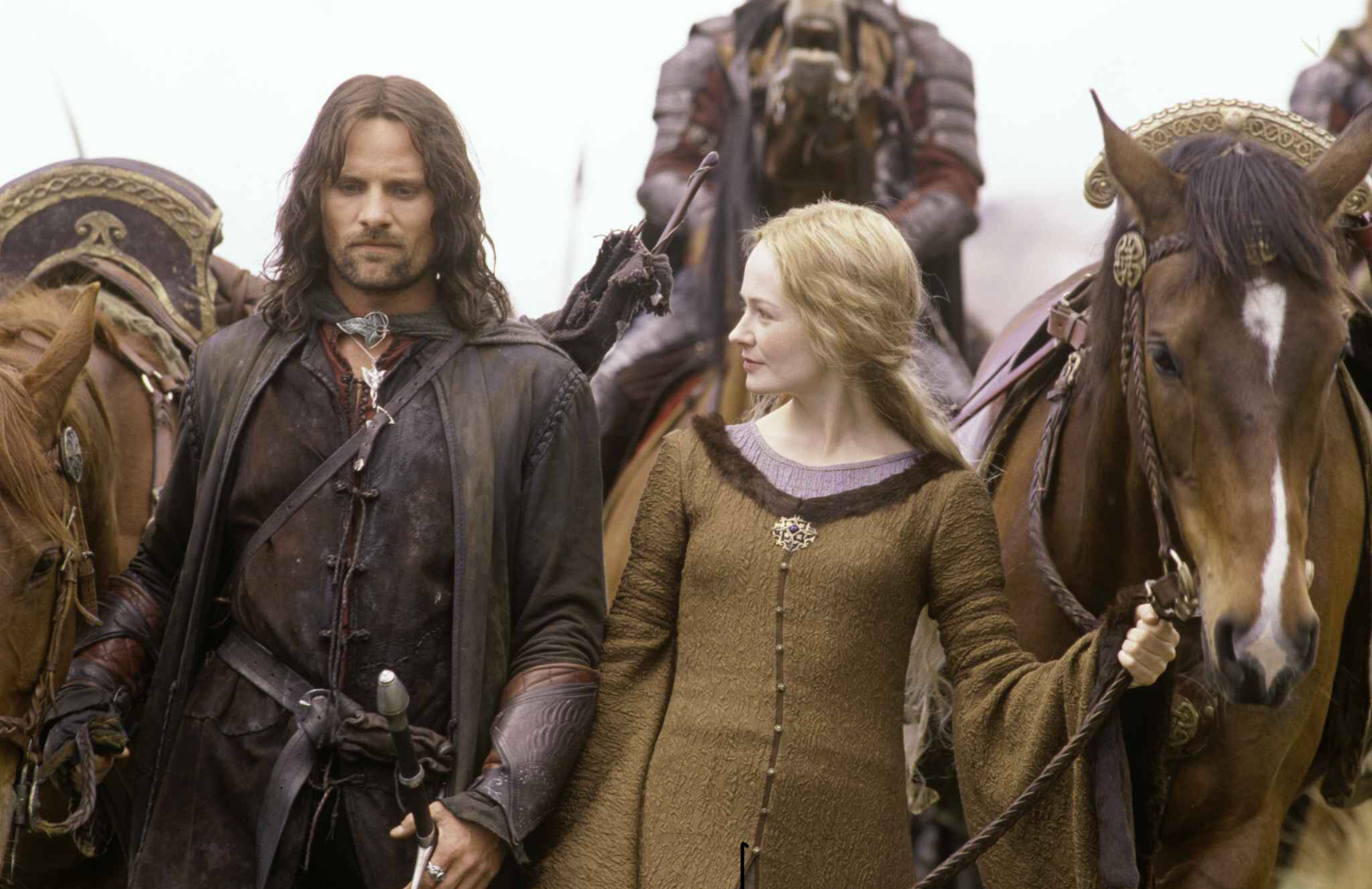
One change that was made from the books that upset some fans was that of the character of Faramir. One of the somewhat inexplicable things in the book was that Faramir was seemingly resistant to the allure of the One Ring contradicting the overwhelming power that it supposedly had on all men. For the film adaptation this was rightly changed and although he ultimately resists the ring he very nearly allows it to corrupt him as it did his brother.
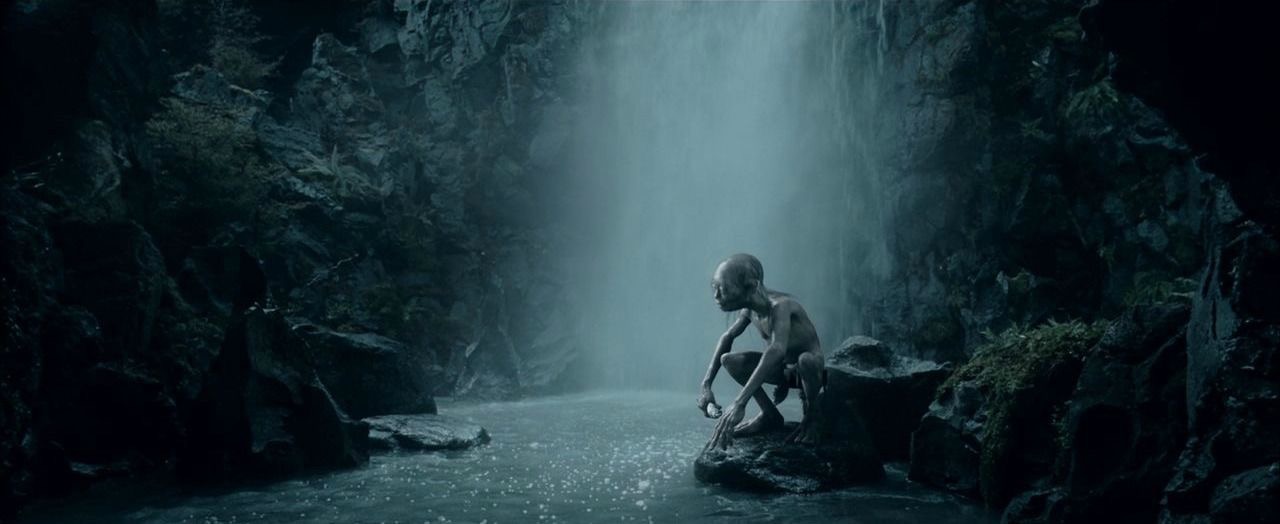 Aside from the epic battles, one scene in The Two Towers that many would argue is the best in the entire trilogy is that of Gollum and Smeagol’s fight for dominance in Ithilien. Peter Jackson uses some subtle yet very clever editing and camerawork flourishes to absolute perfection and even though both Gollum and Smeagol inhabit the same body we are almost tricked into believing that they are separate physical entities. This one scene where the editing, Serkis’ performance and the script all take centre stage is as good a showcase of Jackson’s superb direction as any in the saga.
Aside from the epic battles, one scene in The Two Towers that many would argue is the best in the entire trilogy is that of Gollum and Smeagol’s fight for dominance in Ithilien. Peter Jackson uses some subtle yet very clever editing and camerawork flourishes to absolute perfection and even though both Gollum and Smeagol inhabit the same body we are almost tricked into believing that they are separate physical entities. This one scene where the editing, Serkis’ performance and the script all take centre stage is as good a showcase of Jackson’s superb direction as any in the saga.
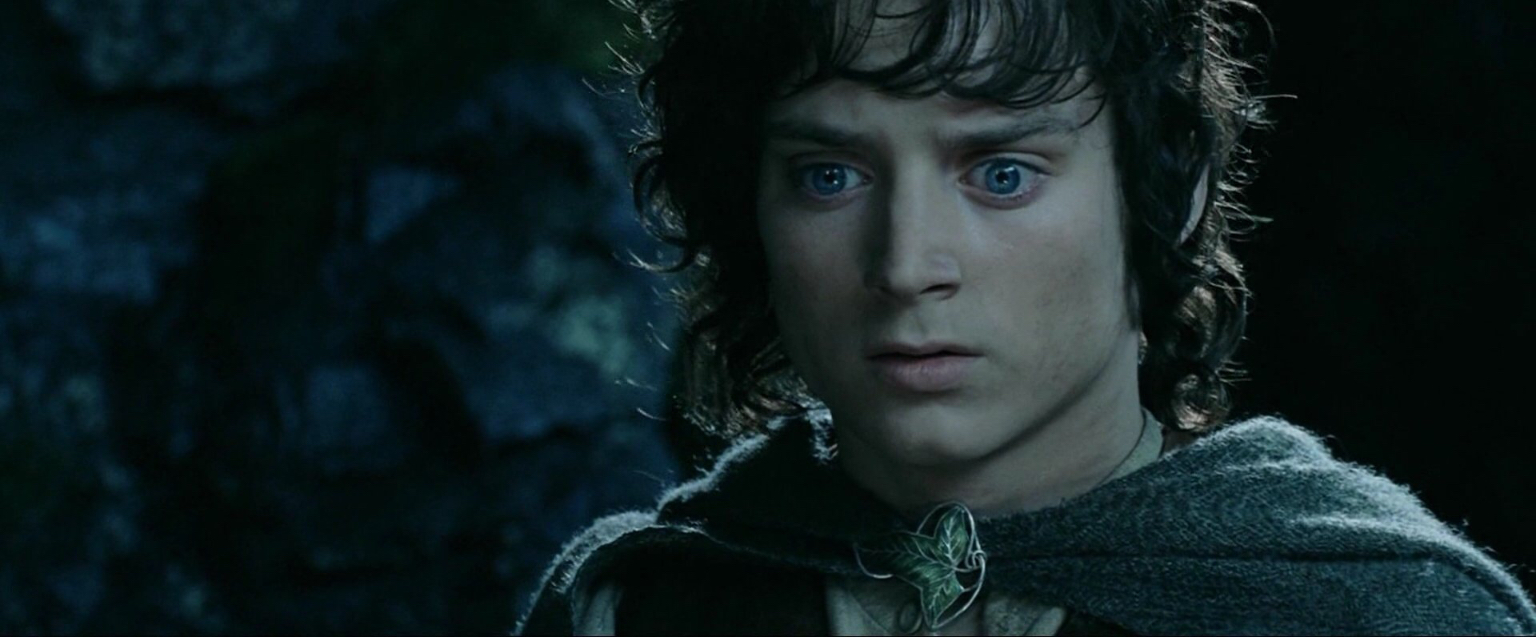
In my look back at The Fellowship of the Ring I wrote of Tolkien’s disdain of the affects of the industrial revolution upon his beloved English countryside and in The Two Towers nature fights back against Saruman in the form of Treebeard and his army of Ents. Now I know that many aren’t fond of this aspect of the film but when you look at it as an allegory for environmentalism it makes it all the more relevant to the narrative and if we are to embrace 30 foot tall fire demons can’t we also allow room for walking, talking tress? This is a fantasy piece after all and I defy anyone not to be impressed by the incredibly well staged attack on Isengard which we are treated to even as the battle of Helm’s Deep is still being fought. It all adds up to an incredible, grandstanding finale.
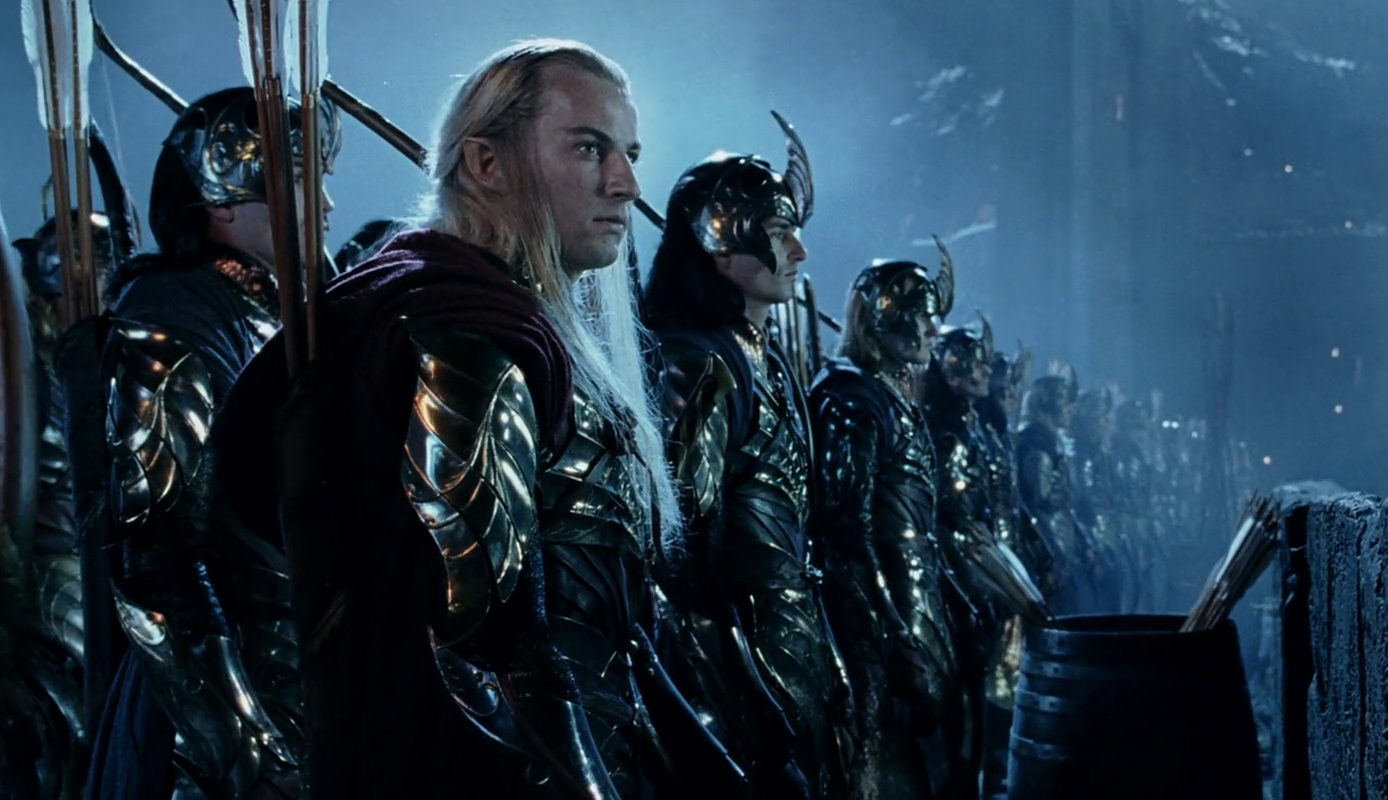
The Two Towers gets so much right on so many levels and even though the effects in the Warg attack look a little rushed (the reason being that they were due to an unforgiving post-production schedule) the rest of the film is a complete visual feast. Going back to the open ended nature of the film brings me to the ending and what for me is one of the greatest final shots I’ve seen in a film. As Gollum, his treacherous side having now regained dominance, leads Frodo and Sam to Mordor the camera pans up and over the forest and mountains and gives us one last ominous view of the fiery hell that the two Hobbits are heading towards. As Emiliana Torrini’s stunningly haunting “Gollum’s Song” begins it gives us a thoroughly enticing look at what is to come in the concluding film.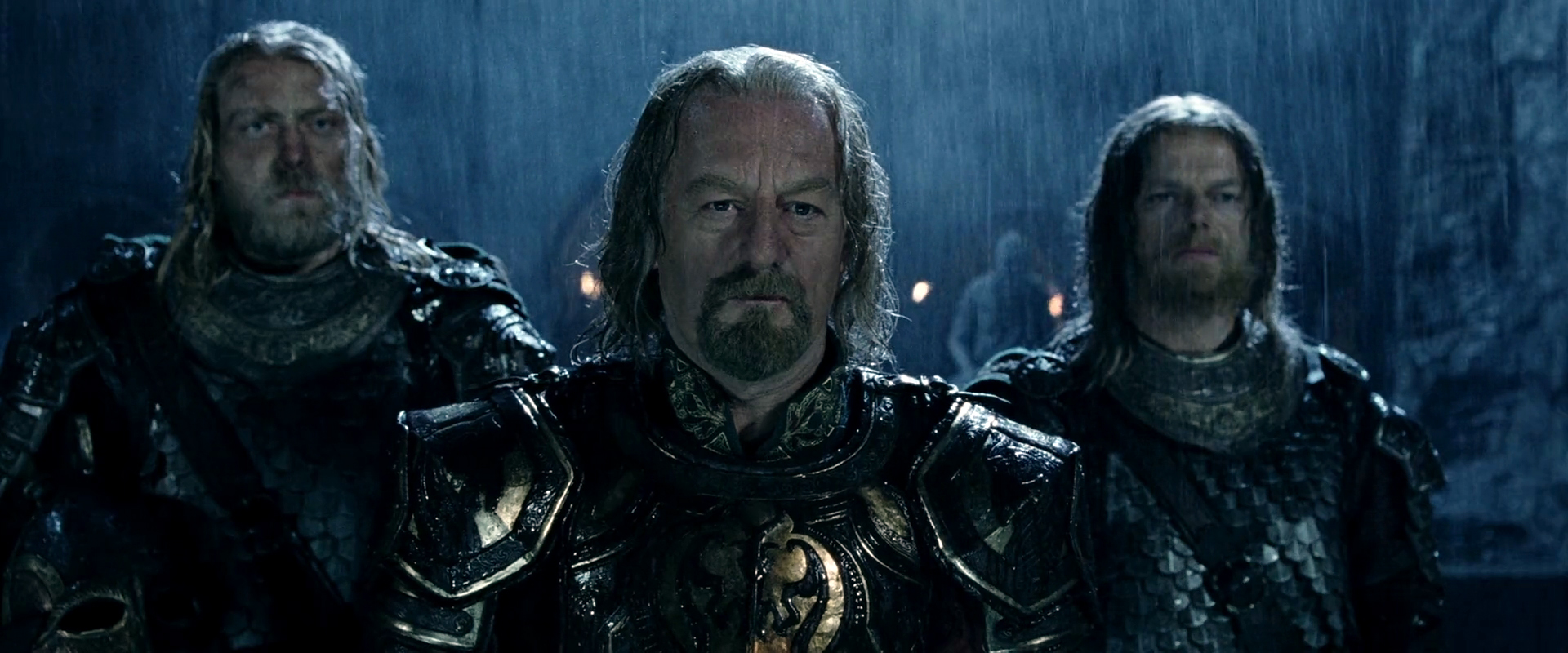
For me The Two Towers was the high point of the Lord of the Rings Trilogy and it’s all drawing to a close from here on in as the saga winds to a rousingly brilliant but ultimately bittersweet conclusion. It was the most difficult of the three books to adapt according to Peter Jackson but the end result was a simply stunning film where our Middle Earth adventure truly moved into high gear. It upped the ante and showed us a degree of jaw-dropping spectacle that somehow managed to top that of the stunningly epic first film. It satisfactorily fleshed out existing characters and somehow managed to successfully introduce us to even more characters that we would quickly embrace due to some great writing and performances. It also took it’s time to enrich and widen the scope of this incredibly well realised fantasy world, an adaptation that most thought to be impossible for the longest time. Peter Jackson made just the right amount of wholly necessary changes when adapting the film from the book and the end result is, for me at least, one of the greatest sequels ever made and is simply as good as film gets.
Film ‘89 Verdict – 10/10
